
Image: iStock/mirsad sarajlic

Image: iStock/mirsad sarajlic

Image: iStock/Motortion
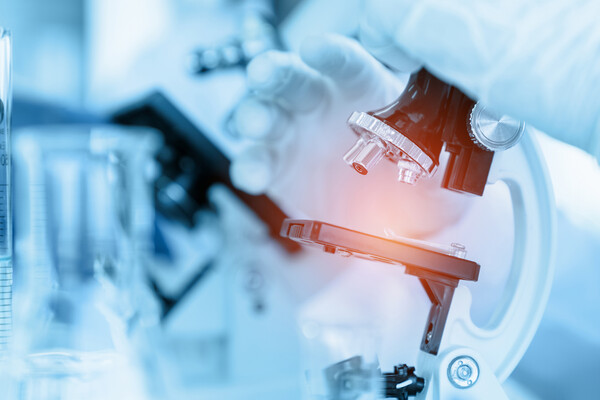
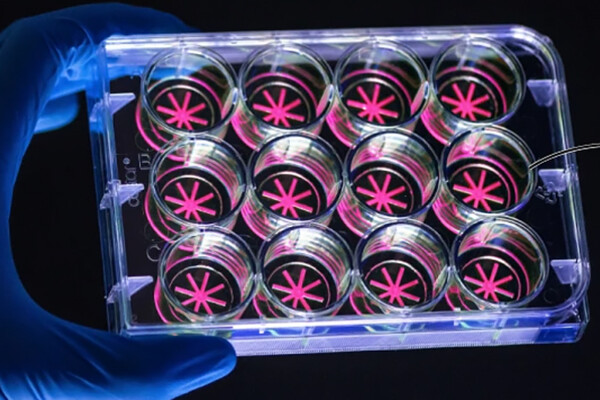
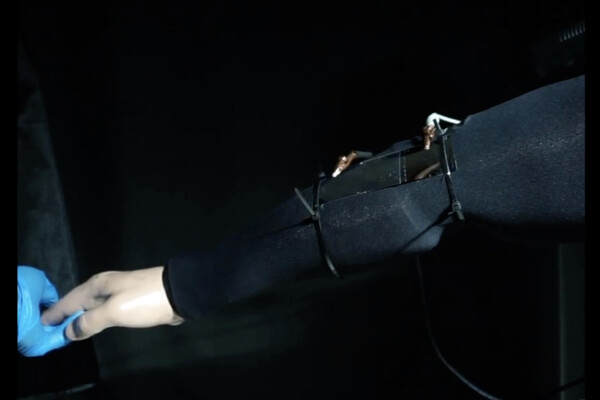
In a demonstration, the clutch was able to increase the strength of an elbow joint to be able to support the weight of a mannequin arm at the low energy demand of 125 volts. (Image: Penn Engineering Today)

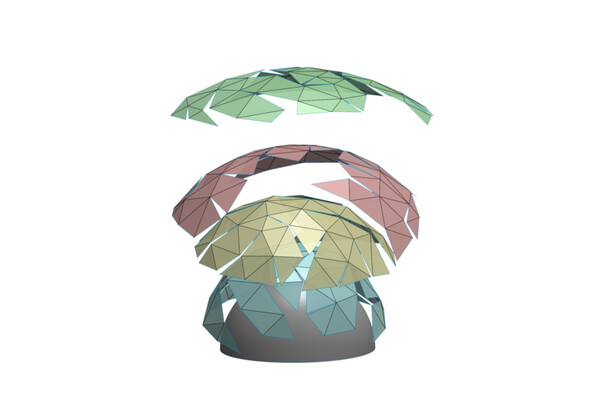
The algorithm does not allow the cuts in each two-dimensional layer to overlap with one another. The resulting helmet is both lightweight and durable. (Image: Penn Engineering Today)

nocred
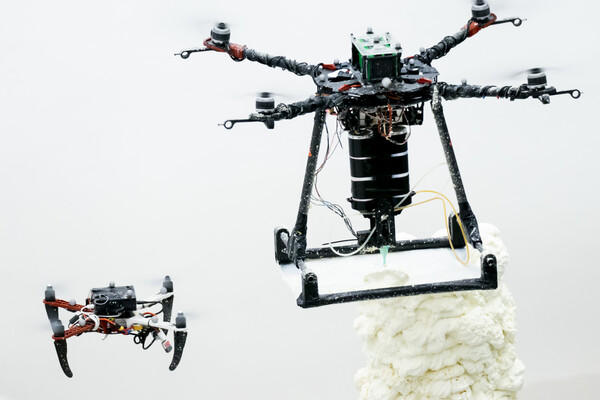
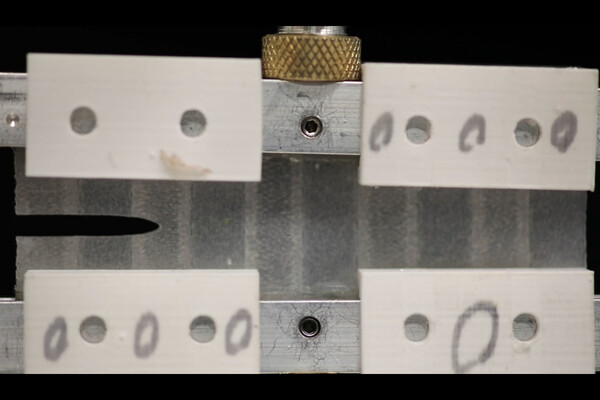
Using a 3D printer, Penn Engineering researchers are able to precisely control the alignment of glass fibers embedded within this stretchy silicone. The stripes represent regions with different fiber alignment patterns, and thus different levels of resistance to the tear making its way across the sample. (Image: Penn Engineering Today)